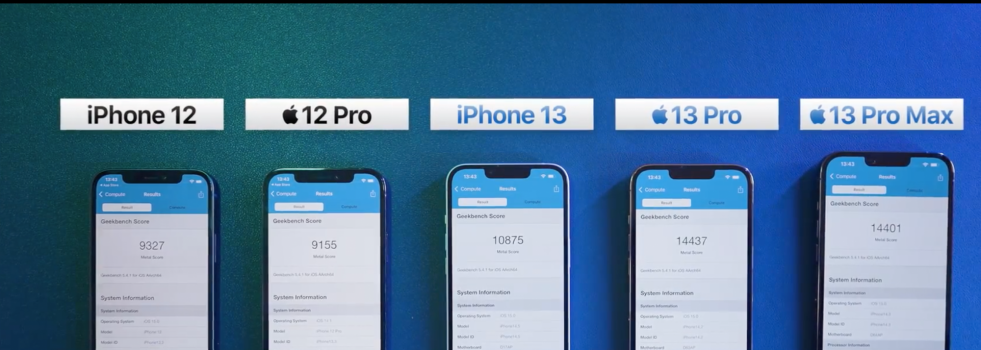Yes if we are guessing, I would say single core like 1900 and multi like 14000-15000 for the M1x.It’s unlikely IMO we will see above ~1900 in single core. Apples A-series chips gain roughly 200 each year and current chips are around ~1700. That is unless the high-end Mac chips are a totally different breed than A15.
Id bet we would see above 35,000 for Geekbench metal scores. If you just double the 8 M1 GPU cores, you’d get around 40,000. A 32-core M1-based GPU could clock in around 70,000-80,000.
As for the GPU I expect 40-80k depending on core count.



